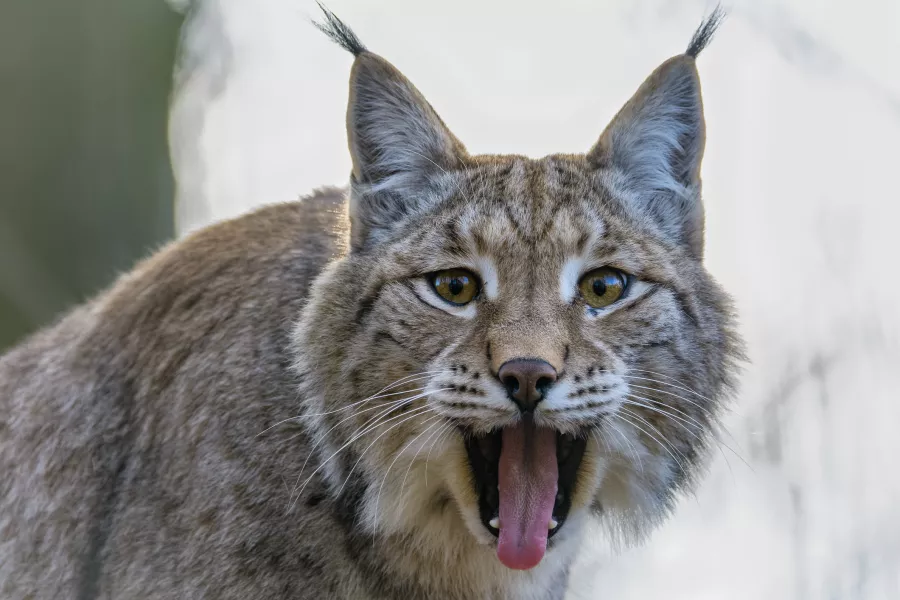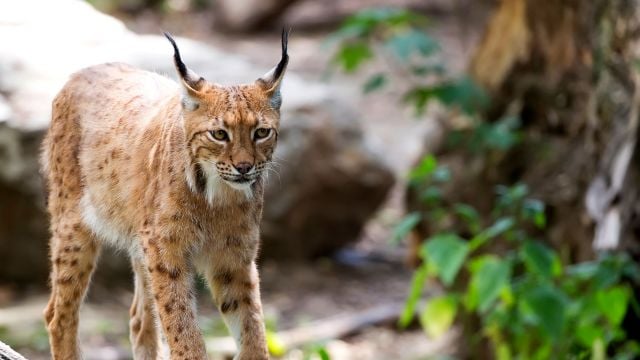In areas being rewilded, there is much discussion over which ‘keystone’ species should be reintroduced back into their historic natural habits – particularly those high up on the food chain like apex predators – by creating the right conditions for them to survive.
While rewilding has its naysayers and controversies, the broad idea behind the conservation strategy is that, reintroducing larger mammals and birds can fill the predator vacuum they left behind, and encourage wildlife lower in the food chain to thrive too.
Here are just a few key species that could return to our forests, fields and glens…
1. Lynx

This medium-sized wild cat disappeared from the UK around 1,300 years ago, according to The Lynx Trust, due to both a loss of its natural habitat and being hunted by humans. Apex predators, like the lynx, are important for balancing delicate woodland ecosystems, as they help keep populations of animals like deer, under control, which in turn benefits biodiversity.
The big cats have been successfully reintroduced in Switzerland, where roughly 300 of them now live, and conservationists are looking at introducing them to areas of Scotland and northern England, where there is ample woodland for them.
2. Bison

Steppe bison are thought to have widely roamed the UK, but due to hunting and changes to their habit, they completely disappeared around 6,000 years ago. Their penchant for eating the bark of certain trees, which leads to them being felled, creates food sources and habitat for insects and birds, and helps support native plants.
Europe’s largest land mammal (they’re huge) has been successfully reintroduced in Poland, Romania and Bulgaria, so conservationists are fairly confident these majestic beasts could have a stable future here too. In 2022, a rewilding project will see a small herd released on 500 hectares of land in Kent.
3. Elk

According to conservation project Rewilding Britain, elk are estimated to have disappeared around 3,000 to 4,000 years ago due to hunting. While Irish elk disappeared almost 8,000 years ago. The largest species within the deer family, elk are famous for their regal crown of broad, palmate antlers.
The herbivores mainly feed on grass, bushes and saplings, and are semi-amphibious too, which means they can submerge themselves in creeks and river drainages and feed underwater.
Conservationists say the species would only be reintroduced to the UK and Ireland once there’s been a widespread recovery of trees and scrubland – which may take some time.
4. Wolves

You might flinch at the idea of spotting grey or ‘timber’ wolves out and about in the countryside, but conservationists say they provide a key role in helping ecosystems flourish. They’ve been reintroduced in Yellowstone Park in the US, where they have helped keep deer populations under control, which has led to less erosion, and helped plant life recover.
Despite calls for reintroduction, particularly in Ireland, years of demonisation means many people oppose the idea of these misunderstood creatures returning to woodland, even though there could be many ecological benefits.







